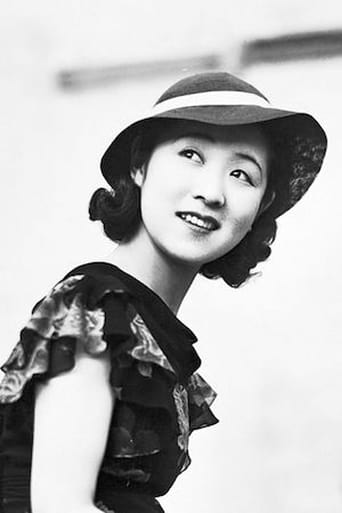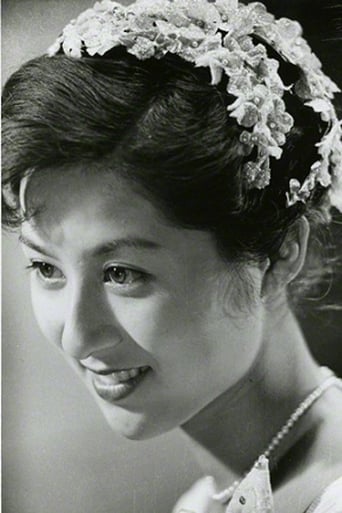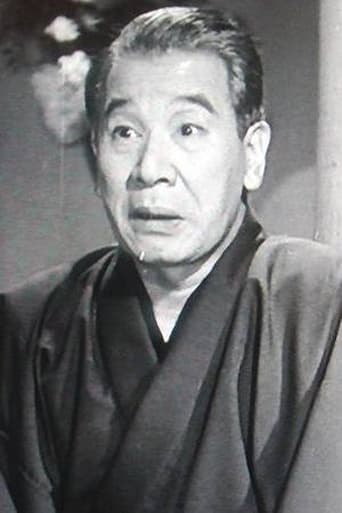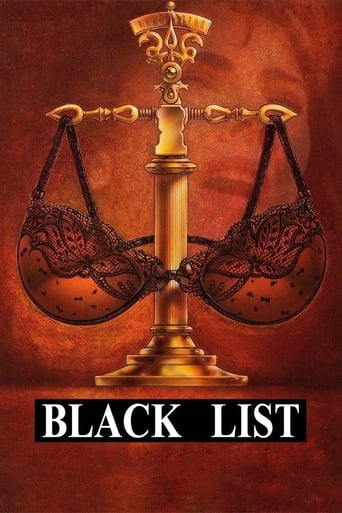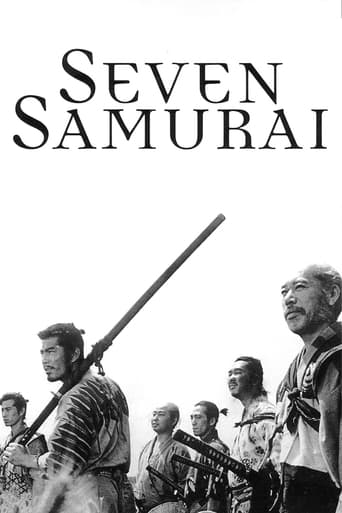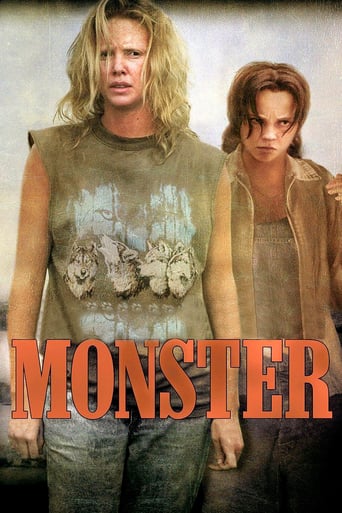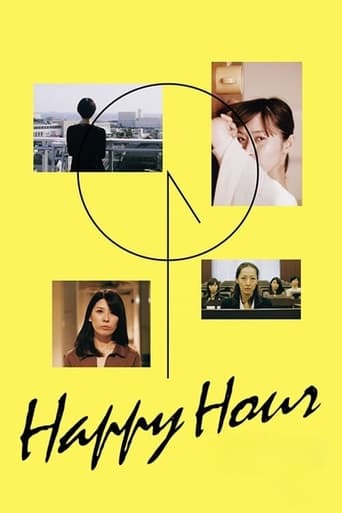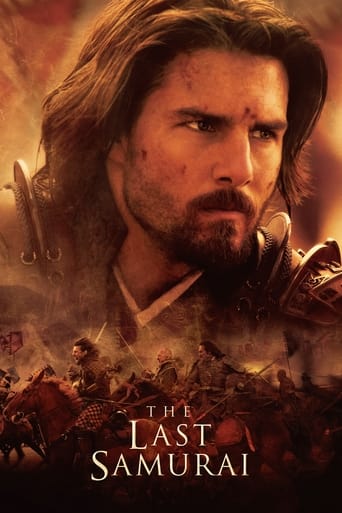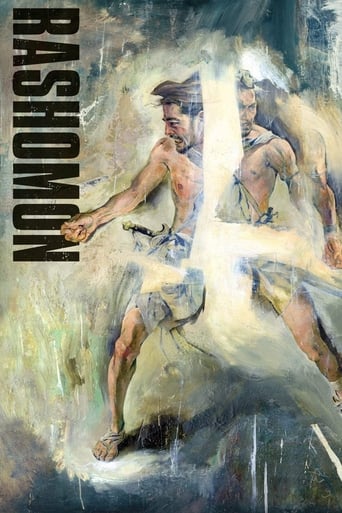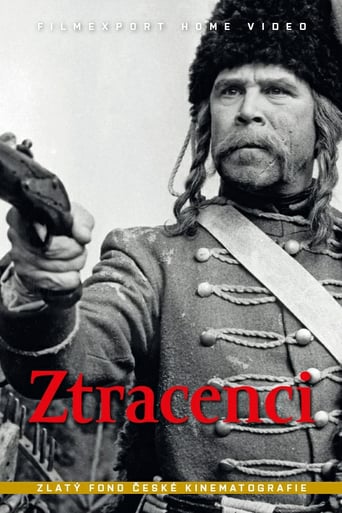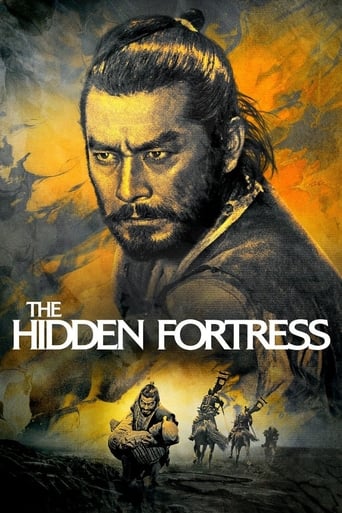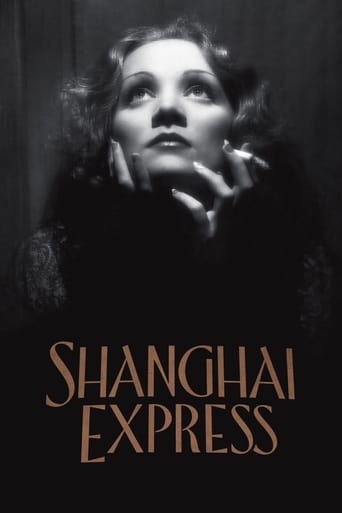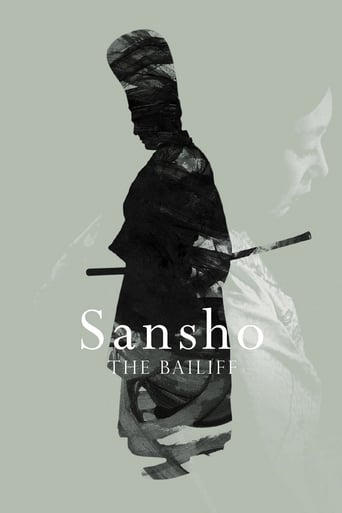

Sansho the Bailiff (1954)
In medieval Japan, a woman and his children journey to find the family's patriarch, who was exiled years before.
Watch Trailer
Cast


Similar titles
Reviews
The sublime camera-work, The editing, the Black and white cinematography, the acting, the script:, All of it resumes Japan's golden era, from Seven Samurai to Tokyo story (Tokyo monogatari) , mizoguchi's masterworks surpasses even those 2 movies and American drama films from the 50's. The film is the quintessential example of the movie term "Human condition". it just not tells the story from a political point of view but also from From both human sides of politics and The people; what a rich family suffer and what the poor suffer during hard times. The title "Sansho, the bailif" means everything: the main character's struggle even tho not seeing as such it is a human suffering. The ending is perhaps the epitome of all drama endings, the suffering of cinema and change of an era dies in that last scene.
SANSHO THE BAILIFF is a magical, historical period drama that at any moment can break the human heart. The Film is set in Heian period in Japan. Slavery was permitted. The story describes the family of one of the court officials who, because of his honesty and integrity, was sentenced by superiors. His wife has cheated, kidnapped and forced into prostitution. His son and daughter have become slaves at the notorious and cruel Bailiff. The young man, after growing up in the camp, becomes the chief aide to his master, but his sister and cruel circumstances force him to face his own conscience...The scenery is extremely rich. The costumes symbolizes the social status and human personality. It is amazing how the change in the character of the main protagonists depends on the social status. However, the family is most important in this film. Perhaps even more than social sacrifice, which mainly affects women, regardless of age. The mother, who is in the greatest pain for lost children, creates a song, a daughter, who takes her own life in order to provide her own brother an opportunity for new life, are parts of identity of Mr. Mizoguchi.The protagonists are emotional, they suffer and live out of necessity, regardless of the realization of the ideals that they carry within. This film can be seen as a tragic history of one family. The film is rightly named after the main villain, because he is in the middle between two worlds.A film about morality, love, family, duty and compassion that at times is breathtaking.
Viewed on DVD. A photo play version of an ancient folk tale from when commercial slavery was an important contributor to regional Japanese economies (the so-called "Dark Ages" of some 1,200 years ago). The tale is tied to an estate manager/overseer (or "bailiff") by the name of "Sansho." The estate is based on slave labor and Sansho is the slave master with life and death power (but torture rather than death is preferred by Sansho as a cost inhibitor). The traditional tale title is used by the director, but the film is not focused on the bailiff character (who plays an in effect supporting role). Direction and cinematography (black and white) are outstanding and seem "joined at the hip" (although the old narrow-screen format is present on the DVD version). Acting is a bit uneven with the adult lead actor (Yoshiaki Hanayagi) tending to overact for the camera (as if in a silent movie or on the stage). Period costumes and mannerism (such as the staging of court protocols and processions) look authentic (judging from other source materials) and the sets are most impressive. The film score is a major contributor to the style and enjoyment of this movie. It is one of the best (it not the best) composed for any Japanese movie from the 20th Century. Solos of traditional instruments are seamless interwoven into modern orchestral arrangements. Leif motifs and themes are used for characters and scenes/locations. The score provides the acoustical glue that helps to hold this movie together and is one of the two contributors to the film's most impressive dynamics (the other contributor being camera movements). WILLIAM FLANIGAN, PhD.
It is rare for me as I get older, to be able to watch a film without pausing it for a break. However, this gem of a film had me gripped from start to finish.The camera work is stunning and the acting thoughtful and believable.I have watched quites a few Japanese films from this era, mainly Kurosawa but others such as kaneto shindo. This is a very different film and does not have the comic moments of Kurosawa. It is raw and unforgiving and tells a moving story that can be seen as a comment on humanity in whatever age.I don't want to say anymore as I don't have the eloquence to do it justice or words that would not spoil it for others. All I can say is buy it and watch it on a large widescreen and you will be forever rewarded.


